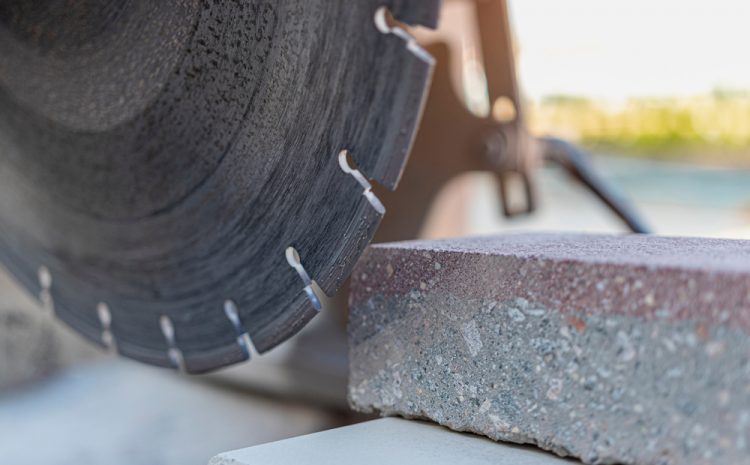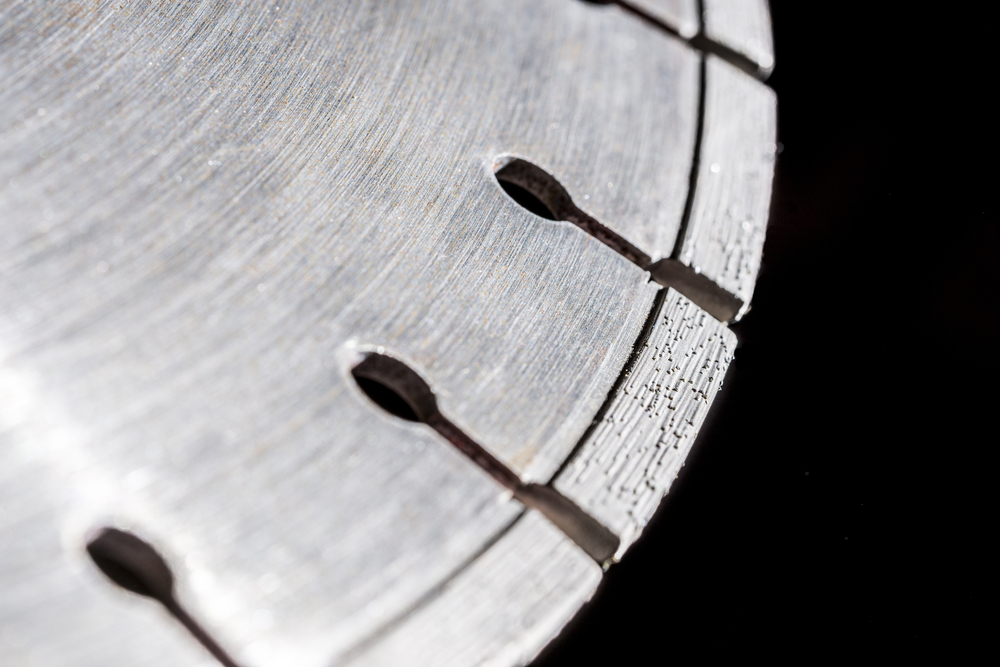
3 Types Of Diamond Blades For Concrete Cutting
Planning an upcoming concrete cutting job? Are you looking for the best diamond blade for the task at hand? If so you have come to the right place.
When it comes to construction projects, different tools are designed to be used in specific construction tasks. The same goes for diamond blades; different blades are used to accomplish different concrete cutting tasks, involving different materials.
To find out more about the different types of diamond blades for concrete cutting, continue reading below.
Types Of Diamond Blades
Segmented Rim Blades
A segmented rim blade can be defined as a diamond blade with a rim divided into 10 or 14 segments, with deep groves separating each segment. One of the main reasons for the groves is enhanced heat distribution. Concrete cutting results in the generation of huge amounts of heat. The groves in a segmented rim blade allow for the sufficient transfer of heat. As such you will be able to cut concrete continuously without warping the blade due to excessive heating.
Thanks to their enhanced heat distribution properties, segmented rim blades are considered a great option in jobs where there’s no water for cooling the blade.
Segmented blades are generally designed to be used in cutting concrete and/or bricks. Their segmented edges make for a rough cut. Using such blades on smooth surfaces like tiles is likely to end up with a messy cut that ruins the tile.

Turbo Rim Blades
Closely resembling the segmented blades mentioned above, turbo rim blades have similar properties and features to the segmented variety. The blade itself is segmented into sections; to allow for better heat transfer, these blades also have relief holes added to their design. The holes in the blade play the same role as the grooves in segmented blades, facilitating the enhanced transfer of heat.
The way in which each type handles heat is the main distinguishing factor between turbo blades and the segmented variety. These blades get the name “turbo” from the design of their sections – they resemble a turbofan. Thanks to this unique design, air can be easily pushed over the blade – thus, lowering its temperature during the cutting process.
It is also worth noting that turbo blades can be used in both wet and dry concrete cutting.
While these blades can be used in cutting brick and concrete surfaces just like their segmented counterparts, they can also be used on harder surfaces like limestone. They can be used to make clean cuts on harder surfaces simply because there are no breaks along the rim.
Continuous Rim Blades
Since these blades do not come with any enhanced heat distribution features or properties, they are also referred to as wet cut blades. In terms of appearance and design, these blades are smooth with very few surface details. Water must be allowed to run over the blade during cutting for cooling purposes as the blade does not have any heat distribution features. In addition to cooling the blade, the water also reduces the generation of dust; thus, keeping the worksite and equipment cleaner – and extending its lifespan.
Continuous rim blades are known for the slow cutting of surfaces. However, since they have a smooth and continuous rim, they are the best option for making clean cuts in hard materials including ceramic tile, porcelain tile, granite and marble.
Final Thoughts
To ensure that you end up with the best possible outcome when it comes to concrete cutting, it is important to use the right tools. As you can see, different diamond blades are designed to be used in different concrete cutting jobs, involving different materials.
If you are looking for a concrete cutting company that is trustworthy and reliable, then don’t go past Sydney Sawing & Drilling. Please call us today on (02) 9158 6101 or leave an enquiry.

